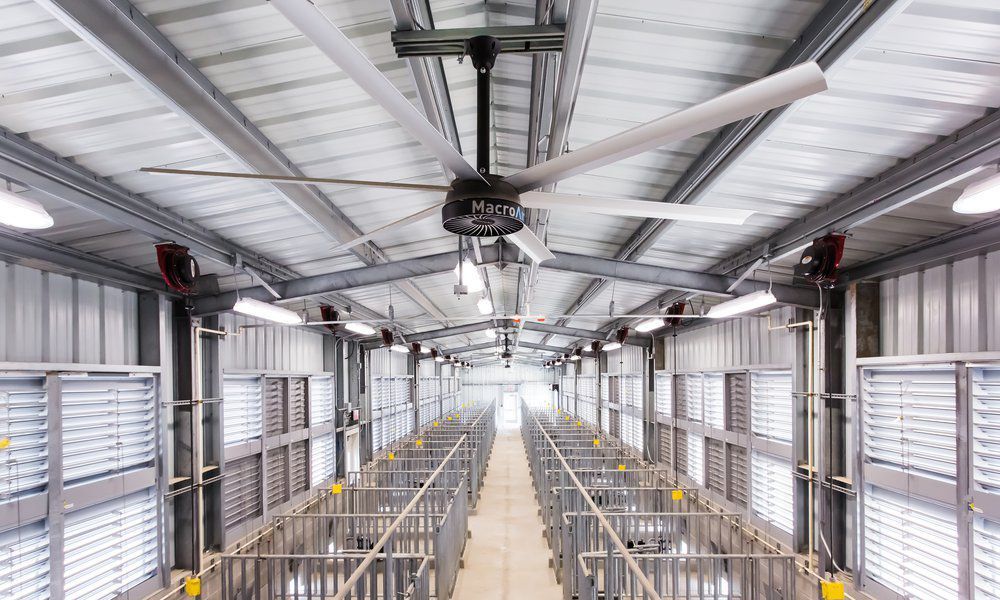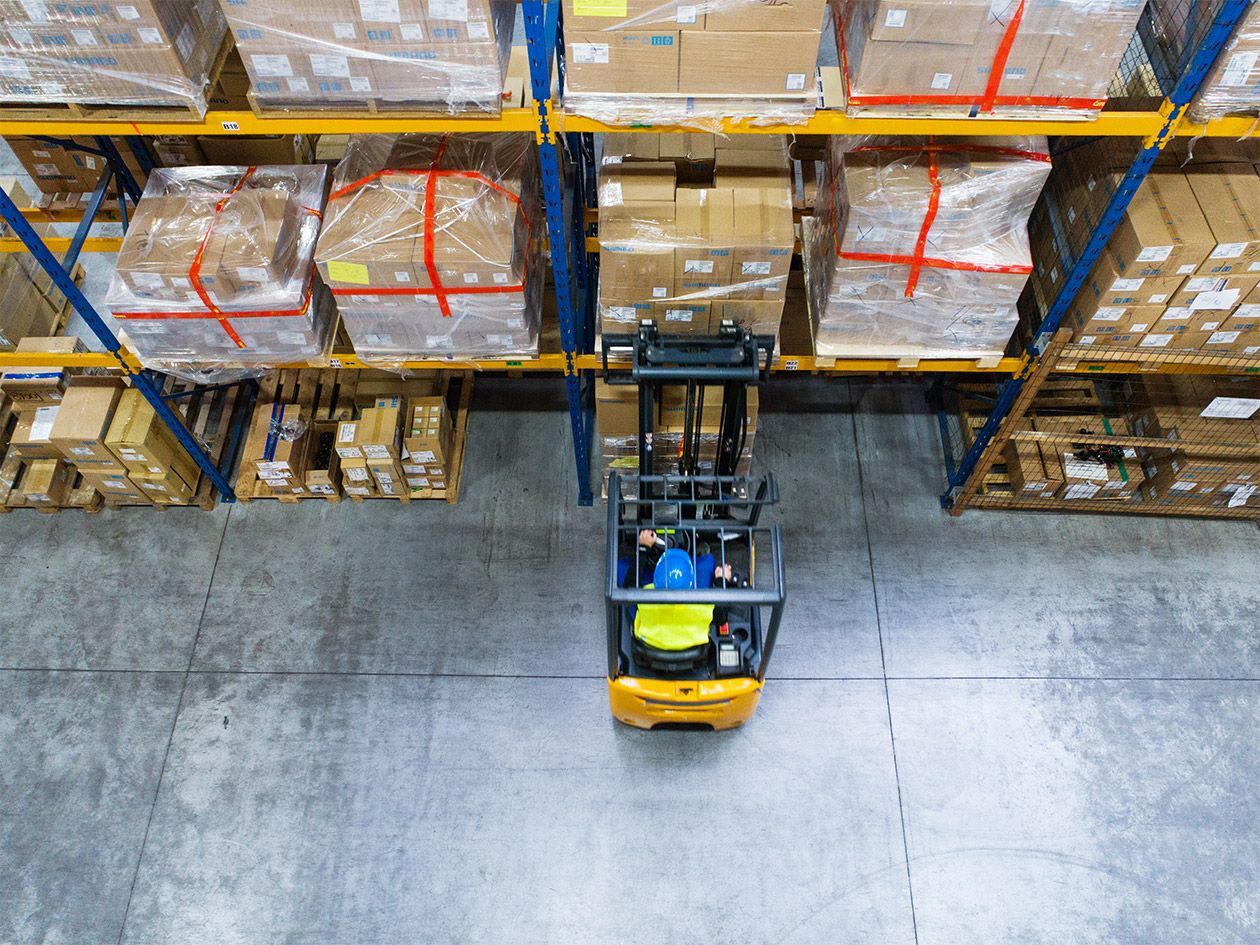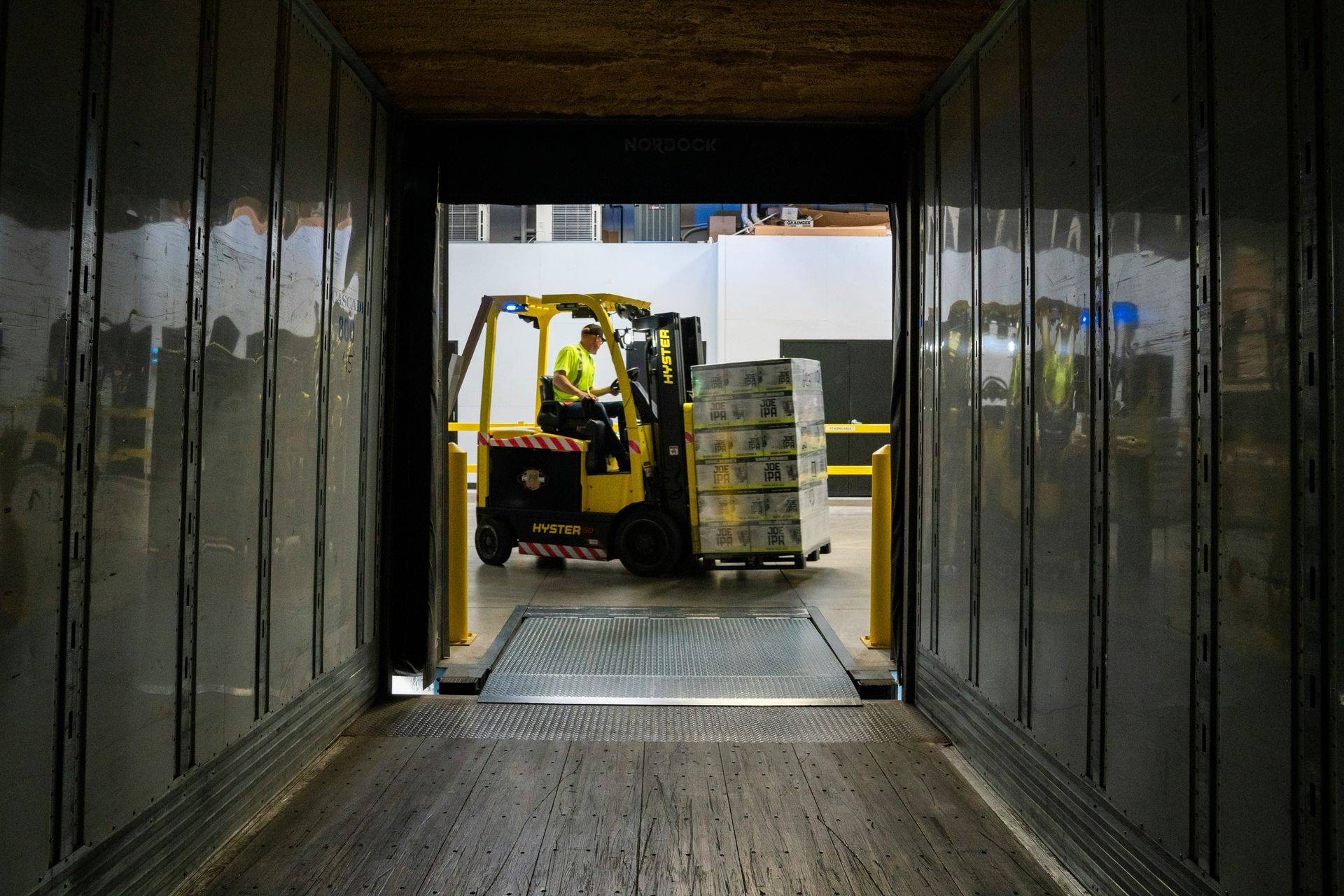Sanitation In and Around the Warehouse
A clean warehouse is a safe, productive warehouse. Cleaning routines and equipment training go hand in hand in successful warehouse environments. Whether you and your team clean independently or have dedicated cleaning personnel, everyone should understand the value of sanitation.
Let's explore how to keep your warehouse sanitized and clean inside and out.
Implement a Regular Cleaning Schedule
Establishing a consistent cleaning schedule is the foundation of a clean warehouse. Break down tasks into daily, weekly, and monthly routines, assigning specific duties to ensure every area receives attention. Daily tasks could include sweeping floors and wiping down high-touch surfaces, while weekly and monthly tasks can focus on deeper cleaning of equipment and hard-to-reach areas.
Train Employees on Best Practices
Employee training is crucial for maintaining cleanliness. Provide comprehensive training on the importance of sanitation, proper cleaning techniques, and personal hygiene practices. Empowering your team with this knowledge ensures that everyone contributes to a cleaner workspace. Training should cover handling spills, waste disposal, and cleaning equipment.
Use Appropriate Cleaning Supplies and Equipment
Investing in industrial-grade cleaning supplies and equipment can significantly improve warehouse cleanliness. Use floor scrubbers, pressure washers, and high-quality disinfectants suitable for your warehouse's surfaces. Regularly update and maintain these tools to ensure they are always in optimal working condition.
Keep Loading Docks Clean
Loading docks are high-traffic areas that can quickly become dirty and hazardous. Regularly sweep and wash these areas to prevent the buildup of dirt and debris. Use pressure washers to clean dock plates, walls, and floors, and ensure proper drainage to avoid water accumulation. Keeping loading docks clean reduces the risk of accidents and contamination.

Install Trash and Recycling Bins
Strategically placing trash and recycling bins throughout the warehouse, especially in high-traffic areas, is essential for maintaining cleanliness. Ensure these bins are clearly labeled and emptied regularly to prevent overflow. This simple practice helps manage waste efficiently and encourages employees to dispose of trash properly.
Control Dust and Debris
Dust and debris control is vital for a clean warehouse environment. Use air filtration systems and dust control measures like floor mats and curtains to minimize airborne particles. Regularly clean shelves, racks, and storage areas to prevent dust accumulation. Keeping dust under control enhances cleanliness and protects inventory and machinery from damage.
Implement Pest Control Measures
A robust pest control program is necessary to prevent infestations that compromise warehouse cleanliness and safety. Schedule regular inspections and treatments, seal gaps and openings to prevent pest entry and ensure proper food and waste storage to avoid attracting pests. Partnering with a professional pest control service can provide additional expertise and assurance.
Sanitize High-Touch Areas Frequently
High-touch surfaces, such as doorknobs, handrails, light switches, and equipment controls, are hotspots for germs. Regularly disinfect these areas to minimize the spread of illnesses, especially during peak operation times or flu season. Increasing the frequency of cleaning these surfaces helps maintain a healthier environment for employees.
Encourage Personal Hygiene
Encouraging good personal hygiene among employees is another critical aspect of maintaining a clean warehouse. Provide hand sanitizing stations and place reminders in restrooms and break areas about the importance of handwashing. Encouraging employees to wash their hands regularly reduces the spread of germs and contributes to overall cleanliness.
Maintain Equipment and Machinery
Regular maintenance and cleaning of warehouse equipment and machinery are essential for cleanliness and operational efficiency-this includes forklifts, conveyors, and shelving units. Establish maintenance schedules that include cleaning and sanitizing components that come into contact with products or hands. Well-maintained equipment is less likely to harbor dirt and germs, ensuring a cleaner warehouse environment.

Work With Benco Industrial
A clean and sanitized warehouse is vital for efficient operations, employee safety, and product integrity. By implementing these best practices, warehouse owners can create a cleaner, safer, and more efficient working environment. A well-maintained warehouse enhances productivity, boosts employee morale, and sets a high standard for operational excellence.
Our Benco Industrial Equipment team offers personalized assistance and consultation to help you find the best solutions for your warehouse needs.
Contact us today to explore our range of industrial equipment and services and take the first step toward improving your warehouse operations.




